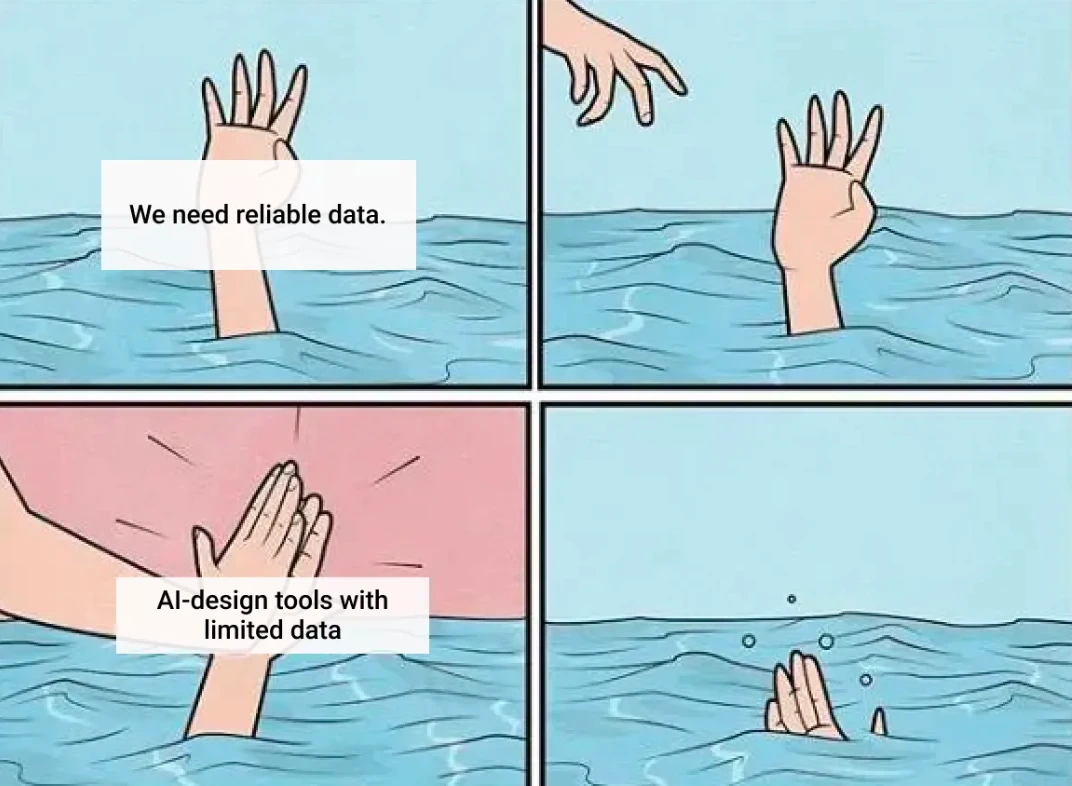The Data Value Chain’s Role in Tackling the Climate Crisis
In today’s rapidly evolving world, climate change stands as a paramount challenge that demands immediate action. As we navigate the complexities of sustainability and environmental stewardship, the construction industry finds itself at a pivotal crossroads.
At the heart of this transformative journey lies the data value chain, a potent tool that holds the key to driving positive change and combating the impact of climate change. Join me on a voyage of exploration as we delve into the profound implications of accelerating the data value chain’s maturity in construction, and how it can shape a greener, more resilient future.
Step 1: Collect
To embark on this transformative mission, we must first understand the bedrock of the data value chain. It begins with the meticulous capture of data from various sources, be it sensor-laden structures, geospatial information, or real-time environmental data.
Equally important is the seamless integration of this diverse data to create a comprehensive and cohesive digital ecosystem. This foundation serves as the backbone upon which we construct an informed and data-driven approach to sustainability.
Step 2: Connect & Integrate
Embracing digitalization offers boundless opportunities to empower construction practices with environmental consciousness. Harnessing Building Information Modeling (BIM) and advanced analytics, we can optimize energy usage, material efficiency, and waste reduction throughout the entire lifecycle of projects. Insights derived from data allow us to assess the environmental impact of construction activities and enable us to make strategic decisions that promote ecological balance.
Step 3: Learn and take decisions
The accelerated maturity of the data value chain paves the way for real-time insights into climate-related phenomena. By integrating live environmental data and predictive analytics, we can fortify infrastructure to withstand the challenges posed by climate change.
From adaptive building designs that respond to changing weather patterns to resilient transportation systems that mitigate the effects of extreme events, data becomes the pillar of future-proofing our cities and communities.
Step 4: Collaborate and share knowledge
Unlocking the full potential of the data value chain necessitates a collaborative and knowledge-sharing culture within the construction industry. By breaking down silos and fostering partnerships, stakeholders can collectively address climate challenges, share best practices, and co-create innovative solutions. The exchange of ideas and experiences enables us to leapfrog towards a sustainable future, leaving no one behind.
Where are we today?

Nothing against AI, but “garbage in, garbage out”
Contrary to common belief, the construction industry is not immune to hype. The sector is currently experiencing an influx of hype surrounding cutting-edge technologies such as artificial intelligence (AI).
However, there seems to be a tendency to adopt these innovations without adequately establishing the necessary data value chain. It is crucial to recognize that AI and other optimization tools heavily rely on high-quality data and a robust framework for integrating, utilizing, and sharing data-related knowledge to unleash their full potential.
Therefore, instead of prematurely investing in complex AI solutions, the industry should focus on the fundamental first and second steps of the data value chain maturity:
- Capturing and collecting data effectively
- Integrating it into existing workflows.
By prioritizing these initial stages, we can lay a solid foundation for maximizing the value of data and ensuring the long-term success of AI-driven advancements.
A call to action
As we reflect on the interplay between climate change and the speed of maturity of the data value chain in construction, we are presented with an unprecedented opportunity to reshape the industry’s trajectory.
The profound impact of data-driven insights and technology transcends beyond mere efficiency gains; it empowers us to become agents of positive change in safeguarding our planet for future generations.
We can embrace the urgency of this transformative mission, and forge a sustainable path towards a greener, more resilient tomorrow.
Dig deeper into the topic through this quick read.
Related articles

Climate-Resilient Materials for the Built Environment: A Data-Centred Prime
As climate volatility intensifies, resilience metrics are fast becoming as critical as carbon data in material selection. This article outlines why adaptation is now a design imperative, how materials can be evaluated through a systems lens, and what KPIs project teams should demand. From self-healing concrete to fire-rated façades, we present a structured taxonomy of resilient materials, explain how to embed this intelligence into digital design workflows, and propose next steps for specification, benchmarking, and procurement.
Read more
The Most Interesting Low Carbon Products in Office Design
In this article and collection, we highlight 11 outstanding products that contribute to a lower carbon footprint in office design.
Read more
Top Low Carbon Building Boards: Performance, Benefits, and Use Cases
The building boards highlighted in this article and collection showcase low-carbon innovation in modern construction.
Read more